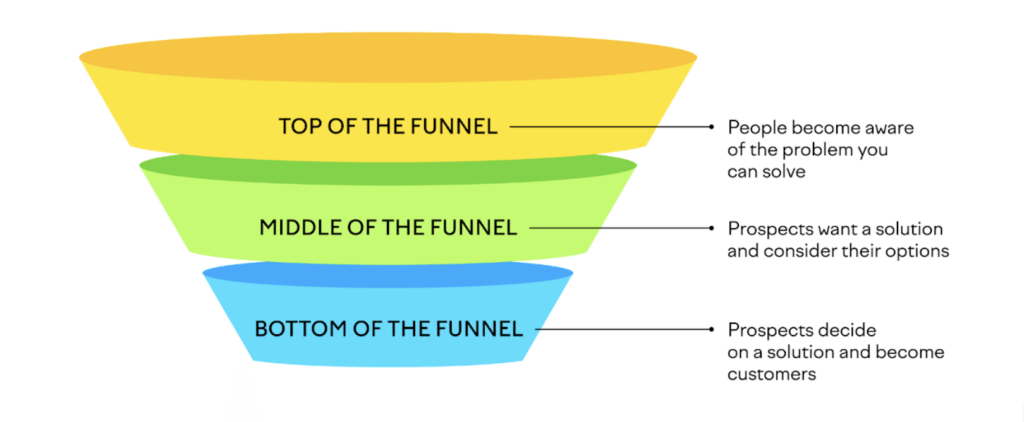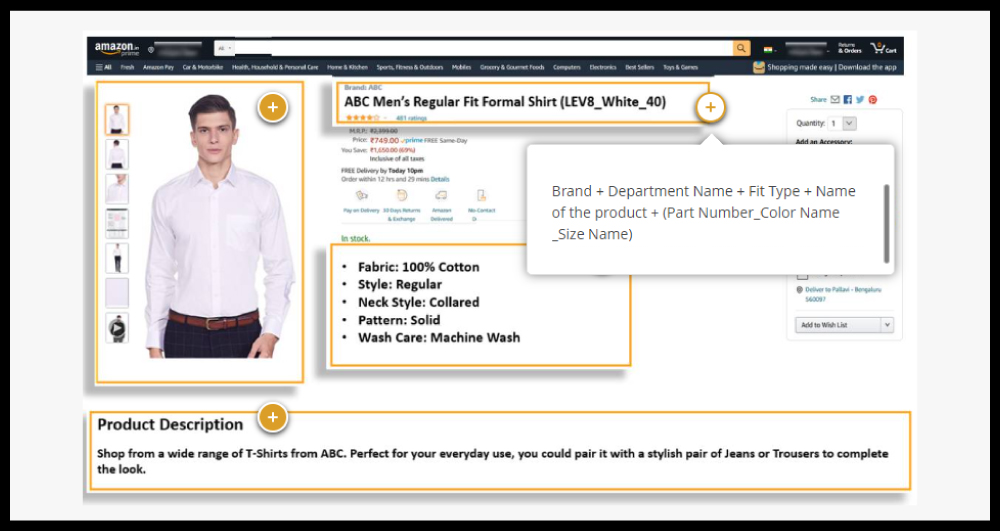How Can Performance Marketing, Google Ads, Meta Ads & Amazon Marketing Grow Your Brand?

A practical, step-by-step guide to scaling conversions with performance marketing, Google Ads, Meta Ads, brand marketing and Amazon marketing — with examples, images, and schema for SEO.
What is performance marketing and why does it matter?
Performance marketing is a results-driven approach where advertisers pay for measurable outcomes such as clicks, leads, or purchases. Unlike pure brand marketing, performance marketing focuses on direct response and measurable ROI. When done right, performance marketing aligns paid channels like Google Ads , Meta Ads, and Amazon marketing to efficiently drive sales and scale customer acquisition.
Performance marketing matters because it lets you attribute value to each channel — whether that's search visibility through Google Ads, social conversions via Meta Ads, or conversion velocity through Amazon listing optimization.

Common LSI phrases you’ll see in performance marketing content include: conversion rate optimization, product listing ads, listing optimization, amazon seo, google listings and ads, amazon listing optimization. Use these terms naturally when you describe campaigns, landing pages, and product pages.
How do Google Ads and Meta Ads differ for acquisition?
Google Ads typically captures intent — users searching for keywords like “buy running shoes” or “best headphones 2025.” Meta Ads (Facebook/Instagram/Meta) is intent-creating: it shows visually engaging creative to people based on demographics, behaviour, and interests. Together they form a complementary stack for performance marketing.
When should you use Google Ads?
Use Google Ads for high-intent queries, product discovery via search, and shopping campaigns. Integrate Google Shopping campaigns for retail brands and use search remarketing for users who visited but didn’t purchase.
When should you use Meta Ads?
Use Meta Ads to build awareness, retarget cart abandoners, and test creative variations. Meta Ads supports dynamic product ads — a key tactic for ecommerce and brand marketing that reduces cost per acquisition when paired with well-built audience segments.
Natural LSI wording like product listing ads, selling products on amazon, and amazon product listing services helps search engines understand the topical relevance if you produce content for both platforms.
How can Amazon marketing boost ecommerce sales?
Amazon marketing drives visibility within Amazon’s ecosystem: sponsored products, sponsored brands, and display ads. Amazon marketing pairs well with listing optimization and Amazon SEO because the better your product detail page and backend keywords, the higher your organic search rank and conversion rate.
Pro tactics include using A+ Content for conversions, optimizing bullet points for features/benefits, leveraging backend search terms rather than repeating keywords in visible fields, and using Product Listing Ads to test price elasticity and ad creatives.
LSI terms: amazon listing optimization, amazon product listing, product listing optimization, amazon best seller list.
Which metrics should you track in performance campaigns?
Key metrics differ by channel, but the essentials are:
- CPA / CAC: Cost per Acquisition or Customer Acquisition Cost
- ROAS: Return on Ad Spend (critical for ecommerce and Amazon marketing)
- Conversion Rate: From click to purchase, influenced by landing pages and product listing optimization
- Impressions & CTR: For assessing ad relevance (Google & Meta)
- Lifetime Value (LTV): To compare acquisition costs across channels for brand marketing investments
Tracking these metrics and tying them to creative, landing pages, and listing changes enables iterative optimization — the hallmark of data-driven performance marketing.
How do you create a channel blend of brand marketing and direct response?
Brand marketing builds long-term recognition, and direct response (performance) drives immediate conversions. A practical blend looks like this:
- Start with brand marketing content and high-quality creative to build salience on Meta Ads and display placements.
- Activate Google search and shopping campaigns for users expressing purchase intent.
- Use Amazon marketing and listing optimization for users already shopping on Amazon.
- Retarget warm audiences across channels with tailored ad copy and product-specific offers.
This multi-channel approach reduces reliance on a single ad platform and leverages each channel’s strengths: Google Ads for intent, Meta Ads for creative reach, Amazon marketing for transactional conversion.
What is the best bidding strategy for conversions?
There is no one-size-fits-all. Use automated bids focused on conversions where possible (Target CPA, Maximize Conversions with a target ROAS). For brand marketing campaigns, value-based bidding or reach-based bids can be better. Always A/B test: run a manual bid control group alongside automated strategies to measure performance differences.
Tip: When you pair automated bidding with well-structured conversion tracking and accurate attribution windows, your performance marketing campaigns learn faster and scale more predictably.
How to optimise product listings for Amazon marketing?
Follow these steps for Amazon product listing optimization (a key element of Amazon marketing):
- Keyword research: Use search term reports to find high-converting keywords and include them in title, bullets, and backend search terms (without keyword stuffing).
- Title & bullets: Balance readability and keywords; focus on benefits and unique selling points.
- Images: Use high-resolution main image, lifestyle images, and infographics that highlight use cases. Include optimized ALT text and descriptive file names.
- A+ Content: Add enhanced brand content to increase conversion rates on product detail pages.
- Sponsored ads: Use Sponsored Products and Sponsored Brands to test bids and discover high-performing keywords.
Include LSI phrases like gtin exemption amazon, product listing ads, amazon seo in your seller resources and campaign copy to improve findability and clarity.

What questions do brands ask most about performance marketing?
Results depend on budget, creative, and product-market fit. You can usually measure meaningful signals (CTR, CPA trends) within 7–14 days, but stable ROAS often requires 4–8 weeks of iterative optimization and data collection.
Yes. Google favors intent-driven ad copy and search-friendly headlines; Meta performs best with visual storytelling and short, benefit-led captions. Reuse assets but tailor formats and messaging to each platform.
Not directly — Amazon encourages on-platform purchases. However, using brand stores, off-Amazon advertising, and coordinated promotions can increase cross-channel recognition and eventual traffic to your owned channels.
How: A short, practical how-to for launching your first cross-channel campaign
- Audit product-market fit: Use search volumes and competitor listing analysis.
- Set tracking: Install conversion pixels, Google Analytics 4, and Amazon attributed tracking where available.
- Launch a test funnel: Meta Ads for awareness → Google Ads for intent capture → Amazon marketing for on-platform conversion.
- Measure & iterate: Optimize creatives, bids, and listings based on CPA and ROAS data.
